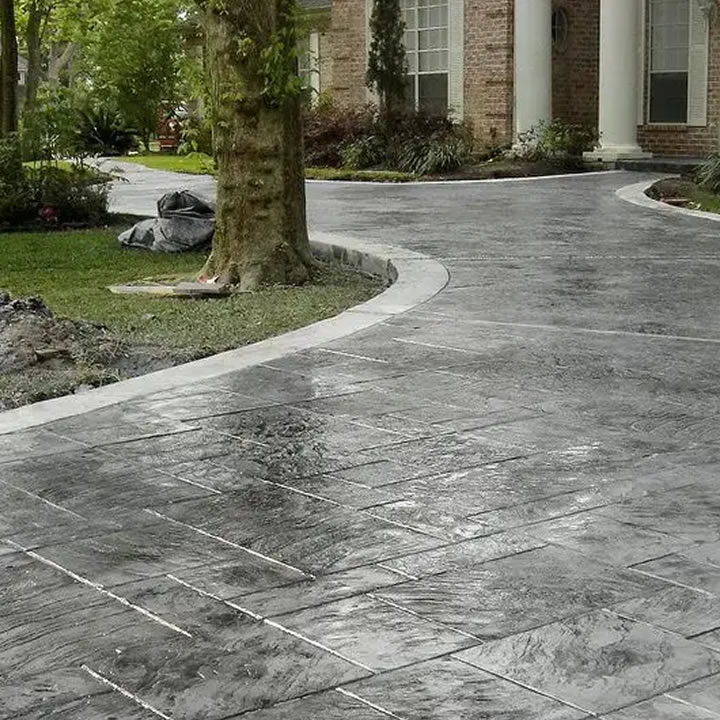The strength, as well as the overall durability of concrete, makes it a critical structural material. However, concrete’s porous nature permits it to absorb water and even soluble salts that can be destructive.
Further, once steel reinforcement gets embedded in concrete to boost its strength, concrete’s absorption of overall salts, specifically chlorides, is eventually going to cause corrosion issues.
Hence, the protection of concrete against environmental factors can be critical to preserving its operation over time. Applying concrete sealers and coatings over the new or even current concrete surfaces is a great solution.
Actually, once applied to concrete, sealers necessarily perform as water repellents, removing or even diminishing the penetration of water as well as soluble contaminants, like chlorides, into the absorbent concrete layer.
Sealers are most of the time intended for use in above-grade sort of applications wherein concrete is often exposed to moisture.
Great examples of areas having sealed concrete are parking decks or even other sorts of exterior concrete surfaces where thicker film coatings are not really relished or desired.
The perfect type of concrete surface to get sealed can also encompass block and masonry walls. What you need to remember is that sealers include a variety of kinds, but silicon-based materials are definitely the most often used.
Nearly every type of concrete finish demands the application of a concrete sealer either as a protective coating for a current concrete surface or even as a curing agent for fresh ones.
The application of a sealer is done perfectly as soon as the fresh concrete gets installed in order to lock in moisture and even so avert the surface from curing or even drying too quickly.
Otherwise, the concrete’s surface may not bond properly with the rest of it, and this may form a greater risk of scaling down the lane.
There are mainly two types of concrete sealer
Surface sealers
Surface sealers are the most well-known types of sealers and act by creating a protective coating over the overall concrete’s surface to keep water, chemicals, stain, and other types of foreign elements from stepping into the concrete.
These also characteristically add a sheen to the overall surface, highlighting decorative types of concrete finishes.
Penetrating sealers
Penetrating sealers or even known as penetrants are the second type.
As the name suggests, this kind of sealer penetrates or simply seeps below the surface.
They are most of the time formed up of silicone and produce a chemical reaction inside the overall concrete’s capillaries, strengthening the overall concrete and making it firmly packed to simply keep the water out.
Their prime difference from surface sealers is that these do not create an obvious change to the overall appearance of the concrete’s surface so they are primarily used not for aesthetic purposes but even to make exterior concrete more durable against any sort of corrosion and harm that may end up from freeze-thaw weather cycles.
Conclusion
To sum up, you cannot overlook the significance of using concrete sealers on concrete surfaces in your place.
After all, they have much to bring to the table for you.

